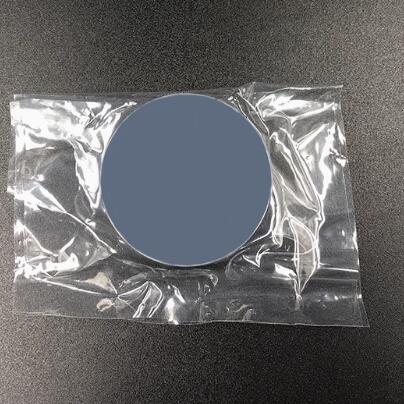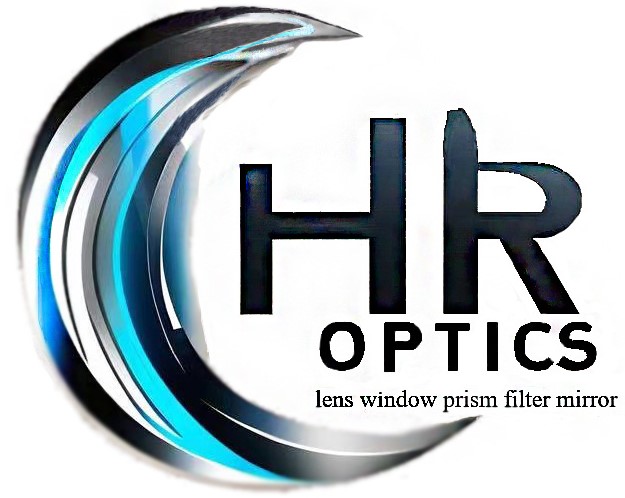
A typical mirror is a flat glass substrate with a metallic reflective coating applied to one side. If the coating is applied to the top surface, it is called a first (or front) surface mirror. The other surface may be clear (during fabrication of the glass or by polishing) or ground and the mirror is oriented so that the coating faces the source. If the coating is applied to the bottom surface and overcoated with black paint, then it is called a second (or back) surface mirror. The other surface in this case must be clear and the mirror is oriented so that the glass is facing the source in order for the light to pass through the glass before reflecting off the coating. The black paint (not always used) is used to protect the coating from the other direction and prevent any minimal transmission.








 售前客服
售前客服